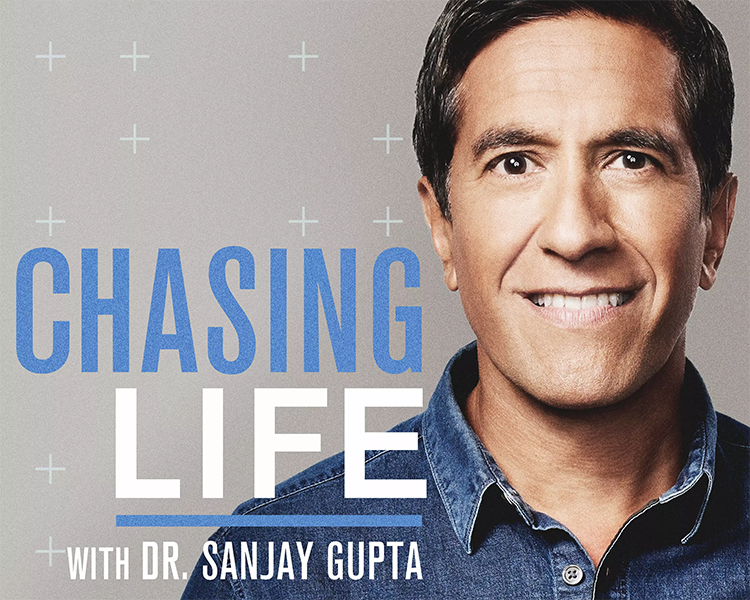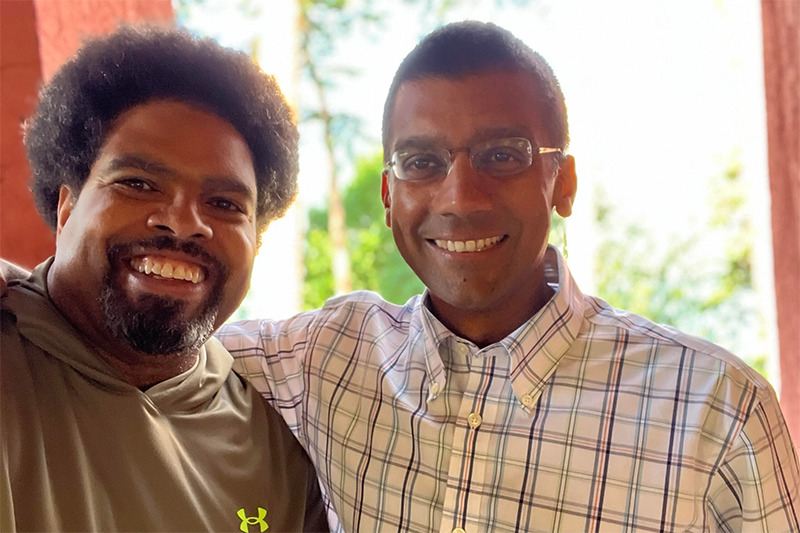
Time to end secret data laboratories—starting with the CDC
The American people are waking up to the fact that too many public health leaders have not always been straight with them. Despite housing treasure…
Thought Leader: Marty Makary

On January 13, 2025, the Animal and Plant Health Inspection Service (APHIS), part of the United States Department of Agriculture (USDA), announced that it has identified highly pathogenic avian influenza (HPAI) in a backyard poultry flock in Puerto Rico. This marks the first occurrence of HPAI in domestic birds in Puerto Rico since the outbreak began in February 2022, according to the press release.
In an insightful interview with Infection Control Today® (ICT®), Deborah L. Birx, MD, shared critical updates on the evolving threat of avian influenza, particularly the highly pathogenic H5N1 strain. With significant outbreaks reported globally, H5N1 has demonstrated its ability to infect various species, including mammals, raising concerns about its potential to mutate and pose a greater risk to humans.
Birx emphasized the importance of proactive infection prevention strategies to address this growing threat. Key measures include enhanced surveillance systems to monitor both human and animal cases, rigorous biosecurity protocols in agricultural and healthcare settings, and robust public health education campaigns to improve awareness and preparedness.
One of the most alarming aspects of H5N1 is its ability to cross species barriers, potentially increasing the likelihood of mutations that could lead to sustained human-to-human transmission. Birx warned that while current human cases remain isolated, the virus’s evolutionary trajectory necessitates vigilance from infection prevention professionals.
“The reason I [have gotten] concerned over the last month was in California, there are 700 of the 1000 dairy herds infected with H5; 70% of the herds are infected. Less than 60 have moved through their infection and are no longer quarantined. So, we know at least 62 or so percent of all dairy herds are infected in California. And if you look at the h1 from California, well, from the region nine, but it’s, you know, heavily California, you’ll see that flu h1 is like this. So, h1 is dramatically expanding in California. This will be the first time we have had significant h1 infection in the communities. At the same time, you have dairy workers at risk. The principles of prevention are that responding and detecting are critical.”
She also discussed the importance of personal protective equipment (PPE) adherence for high-risk environments, emphasizing that health care workers and agricultural personnel must be adequately trained to recognize symptoms and prevent exposure. Vaccination strategies for poultry and seasonal flu vaccines for at-risk workers are also essential to minimize co-infection risks.
Birx urged infection preventionists to remain informed about ongoing research, international updates, and potential changes in H5N1 behavior. She stressed that early detection and swift action are critical to preventing more significant outbreaks and protecting public health. Her call to action underscores infection prevention professionals’ vital role in mitigating the risks of avian flu and other emerging infectious diseases.
This exclusive interview offers timely and actionable insights, equipping infection preventionists with the knowledge needed to address the evolving challenges of H5N1 and safeguard global health.
Time to end secret data laboratories—starting with the CDC
The American people are waking up to the fact that too many public health leaders have not always been straight with them. Despite housing treasure…
Thought Leader: Marty Makary
Sanjay Gupta: Can Safety and Excitement Coexist in the NFL
This is the episode of Chasing Life with Dr. Sanjay Gupta. ‘One of the most dangerous plays in football, the kickoff, is getting a makeover…
Thought Leader: Sanjay Gupta
A Meeting of the Minds at Bellagio Spurs a Convening and a Movement
A Bellagio residency leads to a Bellagio convening and a project to alter the U.S. economic system in favor of better health Two Bellagio Center…
Thought Leader: Dave Chokshi

